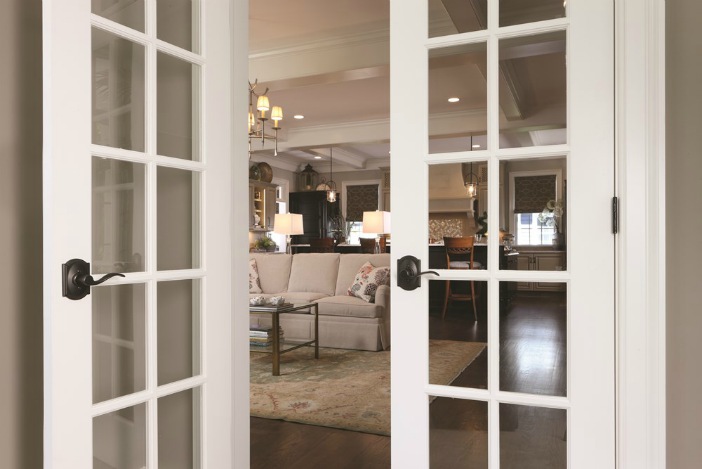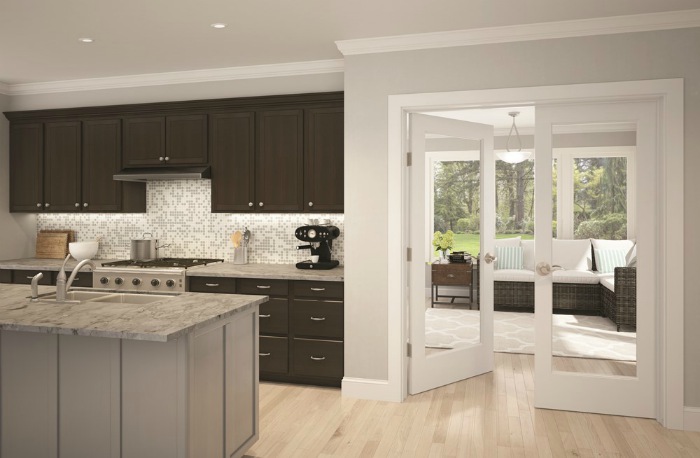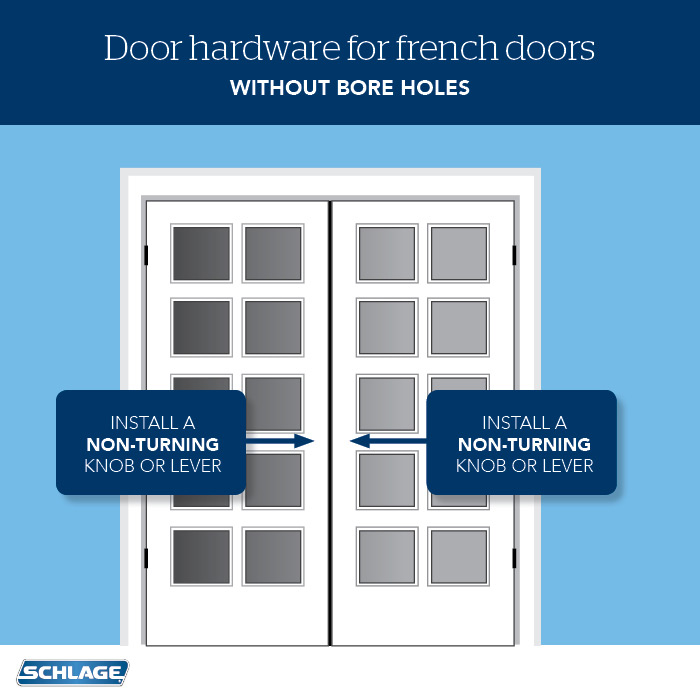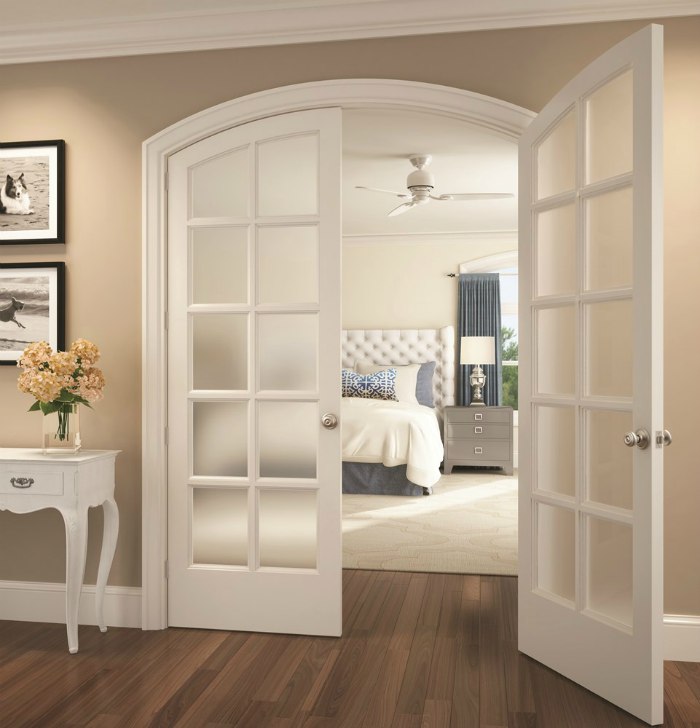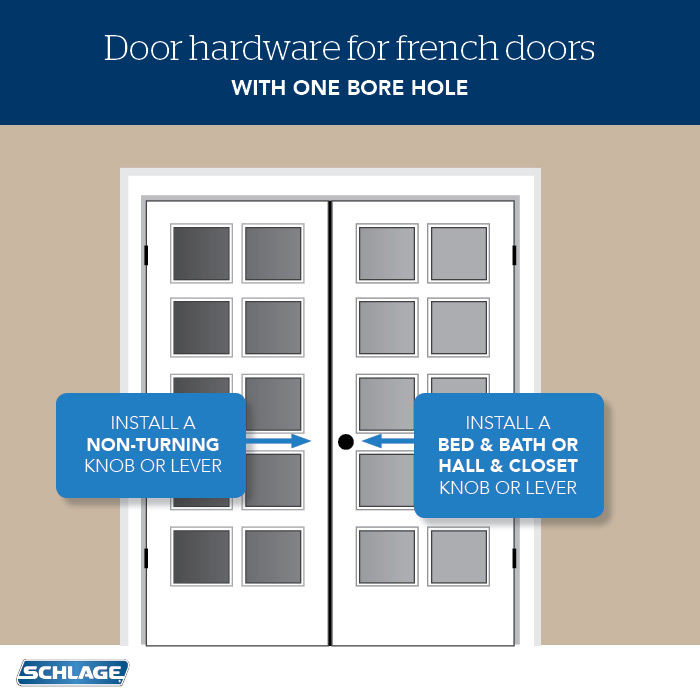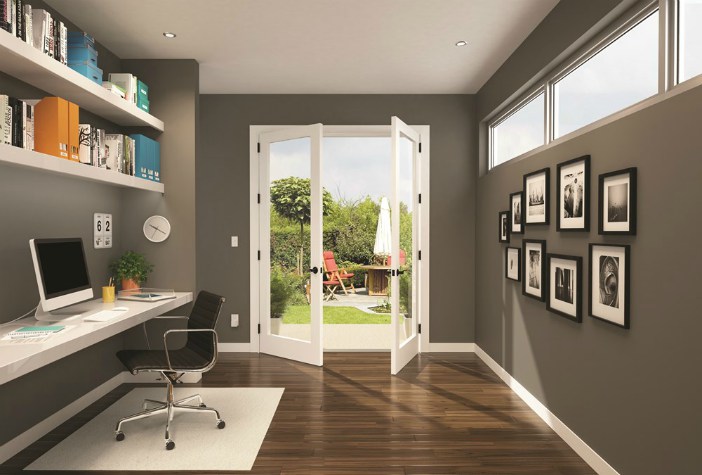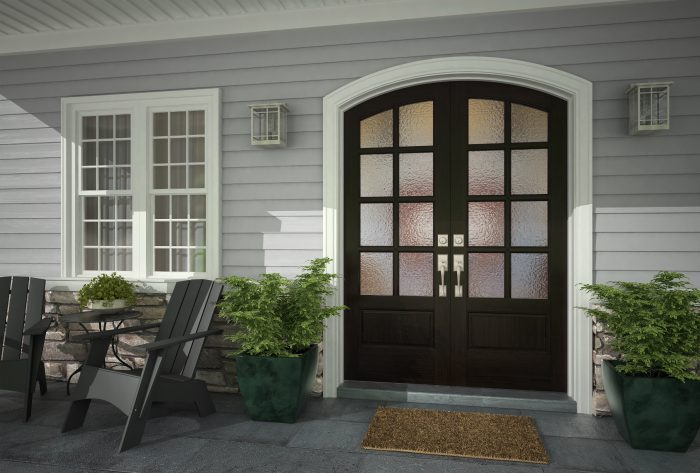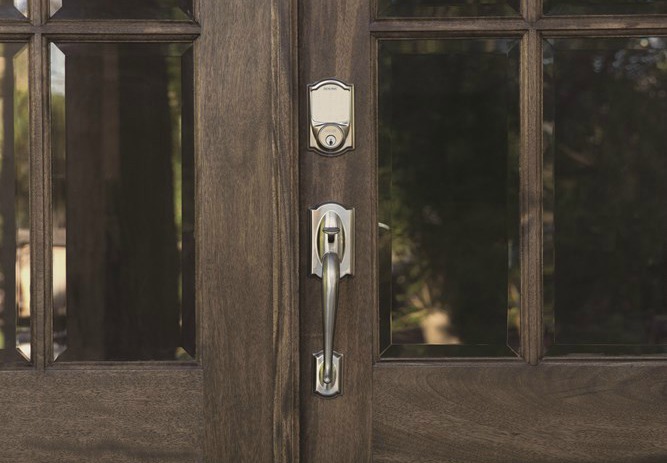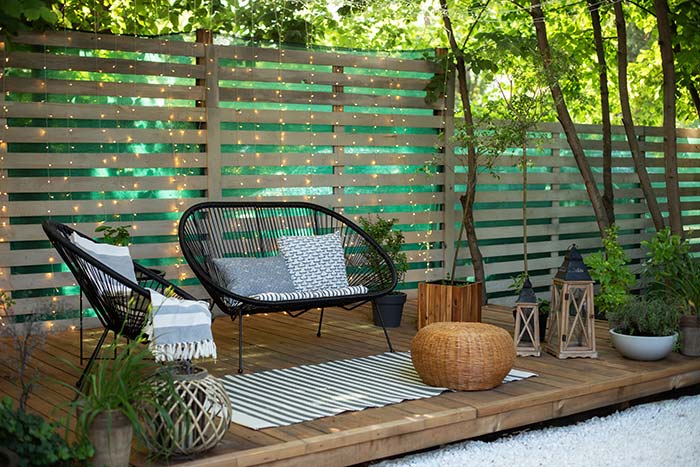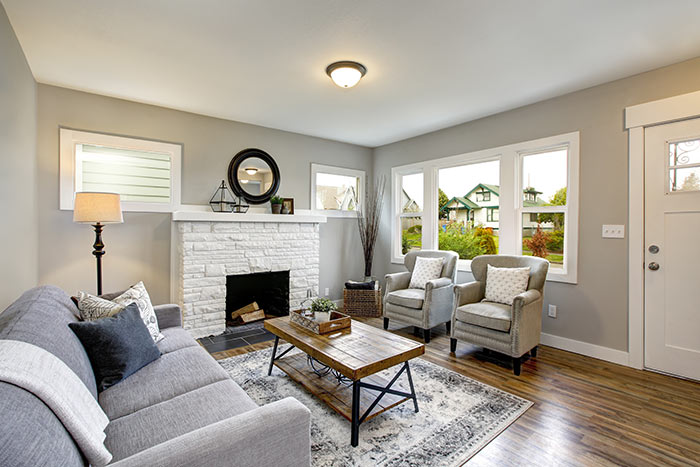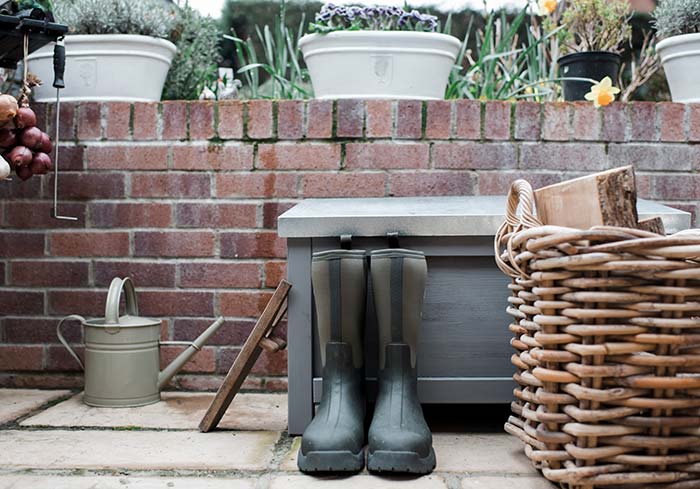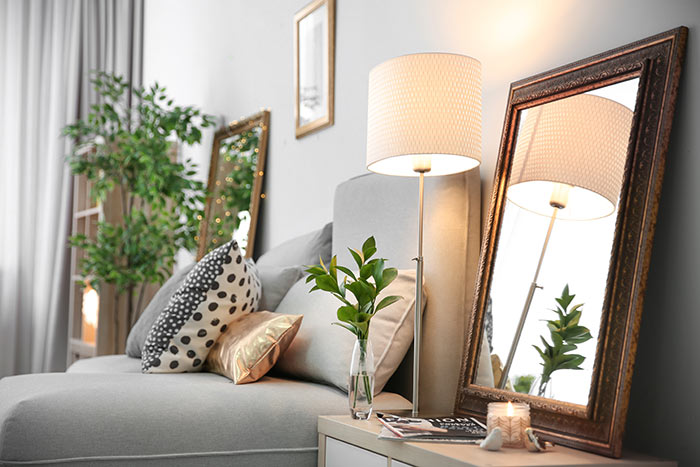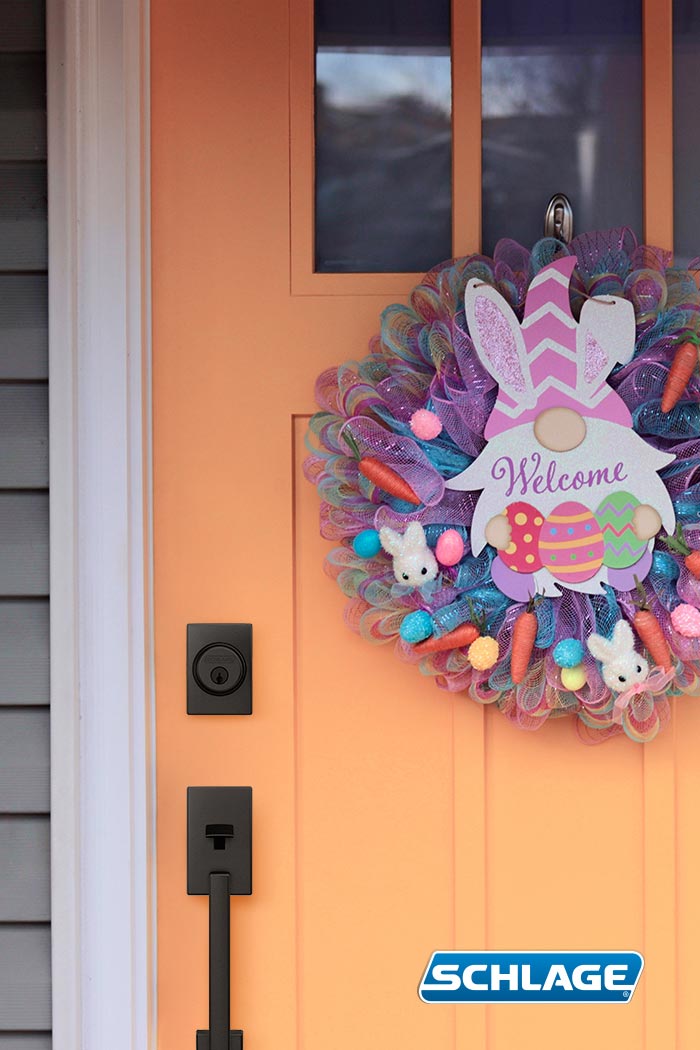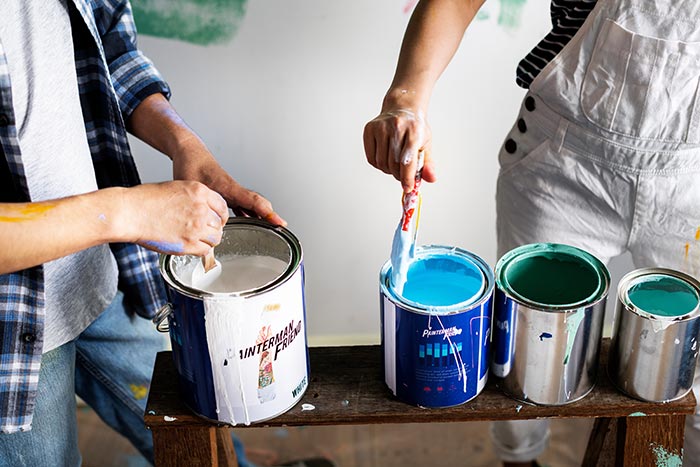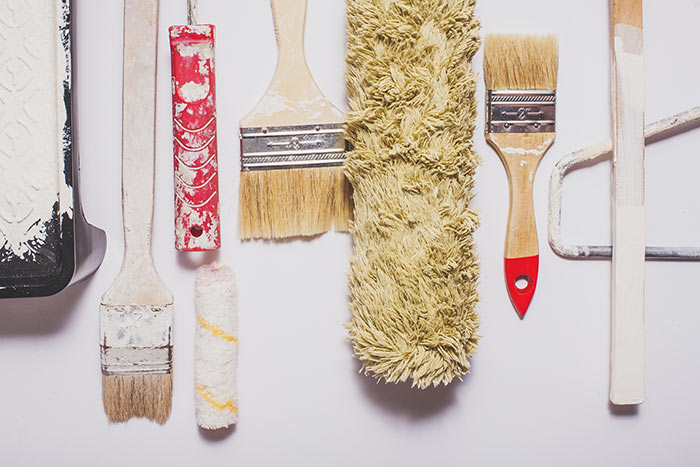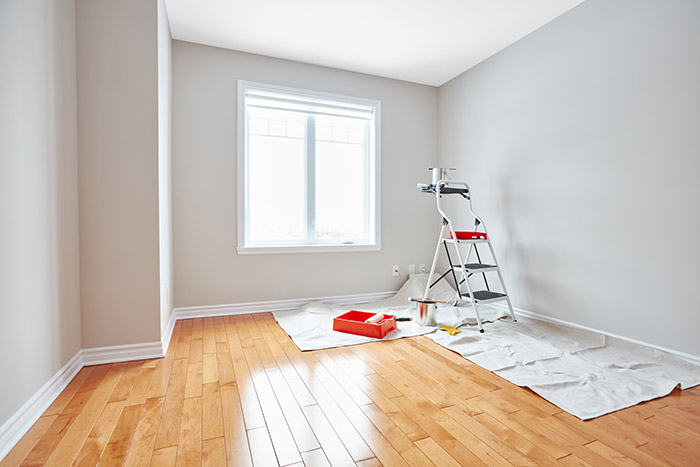Wednesday, June 8, 2022
Mixing metals and finishes can create visual interest that is both refined and intriguing. Here's how to get the look right.
Mixing metal finishes can add dimension and visual interest to a room. Instead of a monochromatic, one-note space, you create intrigue and the illusion of texture with small touches. A mix of finishes can blend styles and make a room more reflective of your personal taste.
So how do you get creative without making your home feel like a fun house? Follow these four simple steps.
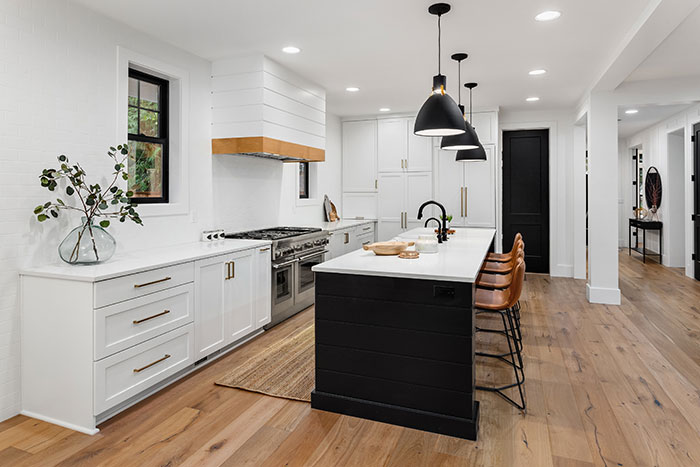
1. Find inspiration in something that already exists
Maybe you have a polished nickel faucet you love, or you’re tired of seeing brass all over the house. Maybe there’s a statement piece in your décor that needs a complementary finish. Find or imagine one metal finish in your home which you absolutely can or cannot live without. Whatever it is, consider either replacing or accentuating it.
Sometimes this means shifting your style around appliances you cannot replace. Even if that is the case and you don’t love what you’re starting with, it helps to have a guide when choosing new hardware to transform your space.
2. Mix and match finishes
The most important thing to remember when mixing finishes is not to go overboard. Avoid creating more chaos than style and keep your designs between two to four finishes, starting with a matching element.
Notice how the chrome faucets pair nicely with the gray countertops and flooring in this bathroom image on Houzz. They set the foundation for contrasting gold elements.
3. Choose a complementing contrast
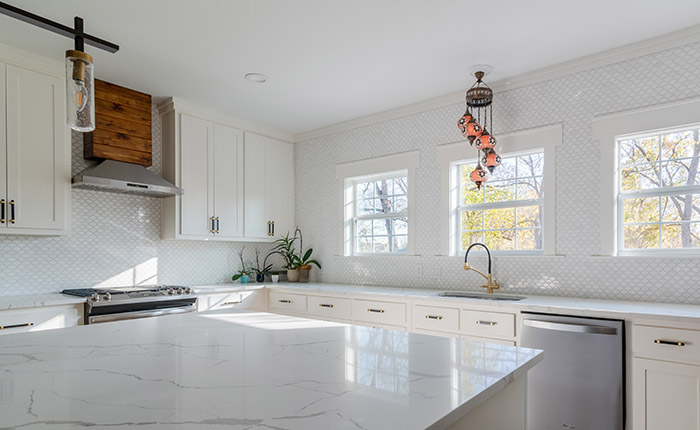
4. Pull it all together
Once you've created just the right amount of balance and visual interest, it's time to put the finishing touch on the room. If you're trying to add a little glitz and glam to a traditional space, Lucite accessories and sparkling chandeliers are the perfect way to tie it all together. If your room already sparkles enough, consider a linen shade or softer accessories to tone it down.
An antique brass chandelier and mirror provide just the right amount of warmth to this cold bathroom on Houzz while polished nickel plumbing gives it just the right amount of modern flair.
Mixing hardware finishes is one way to make a statement. Schlage has crafted a range of designs and finishes that can help you show off your style in the details of your home.
Not sure what your look is yet? Try our interactive Style Selector or join us on Pinterest for plenty of inspiration.




